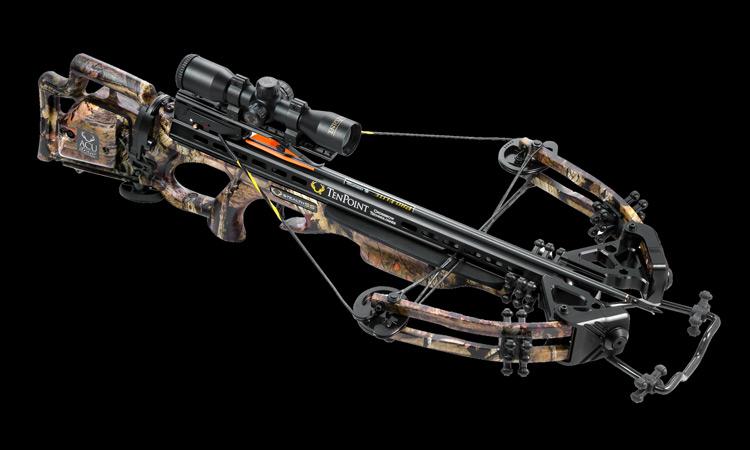At first glance, bow hunting might seem like the same sport as using a rifle but there are many nuanced ways in which your choice of weapon can shape the experience. Let's take a look at some tips to plan your first bow hunt.
Bow Hunters May Have Different Seasons
Most hunters, even novice hunters understand that there are many different hunting seasons out there. Virtually each type of animal has it's own time and tag restrictions. The same is true for bow hunting as well. Luckily for bow hunters though, bow hunting season is usually longer than that for hunting deer with a rifle.
Crossbow, Compound, or Other Bow Hunting
There are four fundamentally different types of bows used for hunting as well as target practice. With the exception of the compound bow that was first developed in the 1960's, all of these bows are ancient technology. For instance, the Longbow was first used as early as 1300 AD and the crossbow goes back to Greco-Roman times and even further back in China. Early bow weapons go back to more than 18,000 years ago and some say archeological evidence found in Africa suggests of projectile weapons of this style were used as far back as 71,000 years ago.
Modern bow hunting technology used today, includes:
Recursive Bow and Longbow - these are among the most classic shaped bows and while the Longbow forms a "D", the Recursive Bow features tips that curve forward to provide addition tension on the string.
Compound Bows - these feature a pulley system that adds power as well as stability, allowing the hunter to aim better.
Crossbows - unlike the other bows, crossbows have a smaller limb mounted horizontally on the frame, similar to the stock of a gun. Instead of arrows, crossbows shoot bolts. Generally crossbows are much more powerful than other bow weapons and may also feature a pulley system similar to a compound bow.
Bow Hunting Requires Getting Closer to Your Prey
While there are various types of bows that you might use - there are some consistent things across all of them. This includes the limited rate of fire, range, and accuracy compared to what you might find in a modern hunting rifle. While your choice of bow and skill as an archer may allow you to fire faster and more accurately, stealth is key here. That means that you need to be more silent, emit less scent, and more deliberate in everything that you do.
Bow Hunting Clothing:
This means it is essential to have the right clothing, such as brand like Sitka Gear where the items are designed to reduce noise and manage odor, while still being comfortable and flexible for you to draw and hold the bow accurately. For a typical bow hunt, you will need full-length pants, and hoody with face mask as well as gloves and a good pair of hiking boots. Comfort is key here since you might find yourself crouched silently for long periods of time. Your clothing should also move silently with you and reduce scent.
Scent Reduction:
The best clothing is only so good though, so there are other tactics to help reduce your scent. This includes making sure to take a good shower before heading out and avoiding the use of grooming products that have scents. Similarly, wash your clothes in a scent-free detergent and consider air drying your gear vs putting it in the dryer where it might pick up odors. You will also want to keep your clothes sealed in scent-free containers to help them avoid picking up scents from your truck too.
Even with the most deliberate scent avoidance strategy though, your body will naturally have scents being given off as you hike to the perfect spot. This is where scent-eliminating sprays such as Scent Killer Gold come into play. These help kill bacteria and mask your natural odor so that the deer or other animals can't smell you coming.
